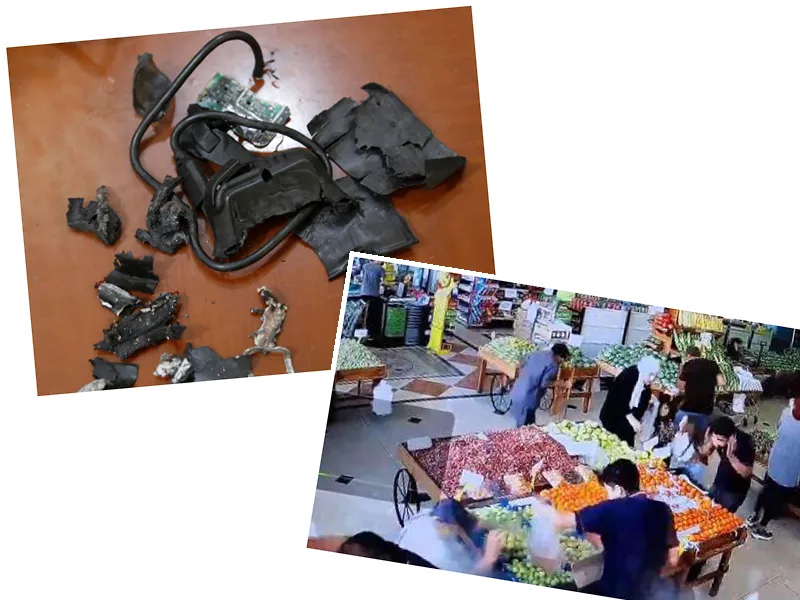RDX Explosives Linked to Deadly Pager Detonation in Lebanon
A recent tragedy in Lebanon has drawn attention to the use of RDX, a powerful explosive, in a deadly incident involving pager communication devices used by Hezbollah. According to a Lebanese security source, the explosion resulted in the deaths of 12 individuals and injuries to thousands more. The pagers were reportedly rigged with approximately 20 grams of RDX, also known as Royal Destruction Explosive, which is recognized for its stability and high energy output.
The Properties and Uses of RDX
RDX is a white, crystalline solid that is insoluble in water and sensitive to shock. Its chemical formula, cyclotrimethylenetrinitramine, reveals its potency as an explosive. With a relative effectiveness factor of 1.60, RDX outperforms traditional explosives like TNT. It boasts an explosive velocity of about 8750 meters per second, making it one of the most powerful chemical explosives available.
RDX's moldability allows it to be shaped for use in small devices, making it ideal for covert operations. Its stability means it can be stored safely for extended periods, only requiring a powerful detonator to activate. This characteristic was crucial in the recent incident, where intelligence suggested that two Hezbollah members discovered the devices had been compromised and activated them prematurely.
The use of RDX in this context highlights its dual nature as both a military tool and a potential threat in civilian environments. The explosive's history dates back to its synthesis in 1899, but it gained prominence during World War II when its effectiveness was recognized. Today, it remains a staple in military arsenals, utilized in various applications from controlled demolitions to improvised explosive devices (IEDs).





